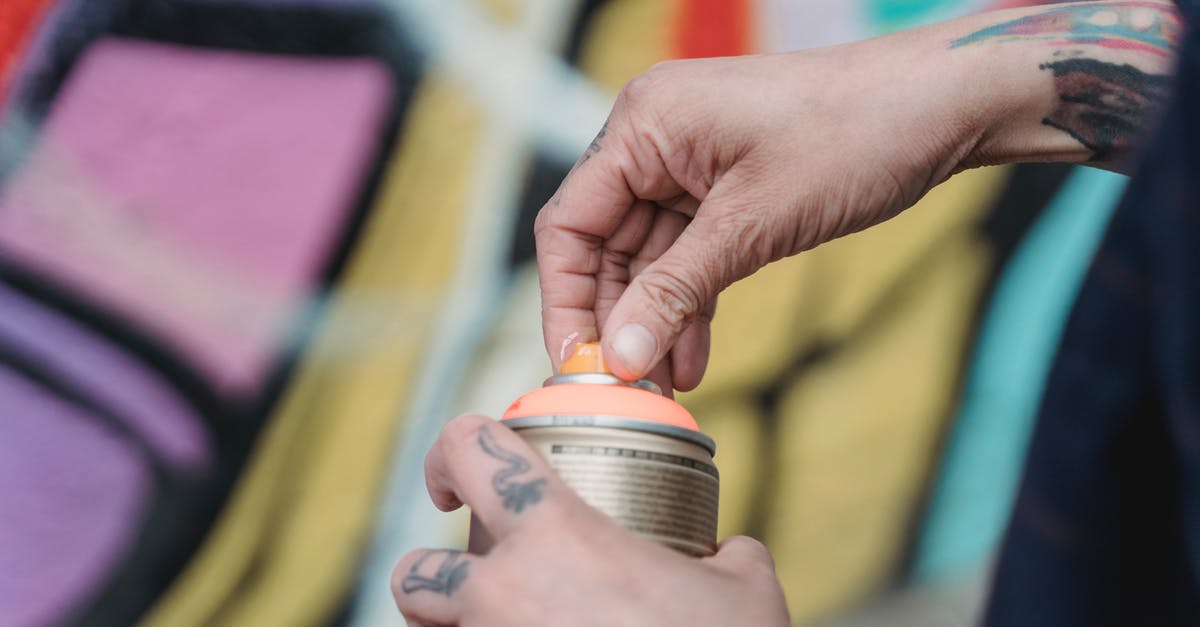Can we ferment cellulose (outside of our body) to turn it into food?

I recently read about (wild) fermentation of vegetables. I learned that:
- By adding salt and water and keeping out the oxygen, we create a biome that favours cetain types of bacteria/yeast.
- The bacteria/yeast metabolize certain molecules of the vegetables, grow/multiply and excrete fragments of those molecules.
- This leaves both the excrements and the bacteria/yeast for us to eat, which are partly more easily digestible for us than the non-fermented vegetable (e.g. we can't digest inulin well, fructose works better), and partly we get molecules this way that were not even inside the vegetable in the first place - the bacteria/yeast produced them.
Then I read about ruminants:
- They have certain types of bacteria in their stomach/gut.
- The bacteria turn cellulose into smaller molecules and grow/multipy.
- The ruminants then digest both the smaller molecules and the excess bacteria.
It is exactly the same. Since cellulose is everywhere, and if it were food, nobody would need to starve - the question comes quite naturally:
What ruminants do with cellulose in their digestive systems, can we do the same in a jar?
I assume people have tried that before and didn't succeed, since otherwise it would be part of food processing culture at least somewhere in the world. But I haven't heard of it. Why is it so difficult?
Don't take the question "in a jar" literally. Nowadays we have so much technology at hand that we can probably emulate the digestive system of an animal, with different chambers containing different types of bacteria, having different temperatures etc.. Has anyone ever done this successfully? And if yes, was the total energy yield positive?
If you think this question fits better into another stackexchange site, please leave a suggestion in the comments.
Best Answer
You may be asking 'why don't we eat grass, after all it's everywhere', and the thing is we already do. All cereals (wheat, rice, corn, barley, etc.) are grasses which have been selectively bred to increase the size of the starch bearing part of the plants. The way humans have been approaching food is to improve what is already edible or learn to replicate biological processes that occur naturally on food we already eat. Most of what we eat and drink is produced by methods that have been used for thousands of years, only produced on an industrial scale, it's only relatively recently that science has given us the tools to look beyond that, including how ruminants digest their food. So as for why we have never looked at how to get nutrition from cellulose, partly it's that we never really looked at it as we concentrated on what we could already eat.
The other reason we don't do it now is that it's not simple to do. You can't ferment cellulose, but you can ferment sugar. The problem lies in breaking the cellulose down into sugars in an efficient way - cellulose is designed to be tough and inedible by design, it's nature's way of giving plants structure. If it was easy to digest all animals would be eating it and it wouldn't serve its purpose.
Cellulosic Ethanol has been a goal for years, being able to convert prairie grass into biofuel for example and it can be done, but it takes more energy to make it than comes out of the process, which works like this: First you use an acid to break down the cellulose, then you put it in a container of water with the same enzymes in a cow's gut or fungi from a termite to extract sugars. At this point you have a weakly sweet liquid. Yeast can be used to create alcohol, then it needs several distillation cycles to turn it into alcohol of any strength. The problem for ethanol production is that all this takes heat, and by the time you add up the energy and other costs to collect, transport and produce something useful you use more energy than you gain. You also end up with a lot of byproduct that you have to find a way to dispose of in an environmentally friendly way. You can't feed it to animals as there's no energy left in the waste, you could possibly burn it but that's not good for the environment.
From a cooking perspective it is a bit different, as @rumptcho points out energy efficiency isn't a prime concern in home cooking. There's no reason you can't extract sugar from cellulose at home by replicating the industrial processes on a small scale, although you may need special equipment to control the production - perhaps modified home brewing equipment. Once you get the sugars extracted you could evaporate water off to create a sugar syrup, or even evaporate all of the water to make sugar granules. The thing to keep in mind is that sugar is all you get out of the process. Ignoring energy use, it's time-intensive way to produce prairie grass nectar.
Pictures about "Can we ferment cellulose (outside of our body) to turn it into food?"



Is cellulose fermented?
The hydrolysis of cellulose (cellulolysis) produces simple sugars that can be fermented into alcohol. There are two major cellulolysis processes: chemical processes using acids, or enzymatic reactions using cellulases.Does fermentation break down cellulose?
Importantly, the major end products of microbial digestion of cellulose and other carbohydrates are volatile fatty acids, lactic acid, methane, hydrogen and carbon dioxide. Fermentation is thus the major source of intestinal gas.What must we do to cellulose before we can ferment it?
In a bioethanol process, cellulose must first be transformed into easily-fermentable monosaccharides (simple sugars, such as glucoses) by physical, chemical, and biological treatments, and then used as a fermentation substrate to produce ethanol through a fermentation process.Does cellulose ferment with yeast?
But plants contain sugar polymers that yeast cannot eat \u2013 in particular, cellulose, a tough molecule composed of glucose molecules linked together in long chains.Cellulase and Humans: Do We Need It For Plant Foods?
Sources: Stack Exchange - This article follows the attribution requirements of Stack Exchange and is licensed under CC BY-SA 3.0.
Images: Felicity Tai, Felicity Tai, Felicity Tai, Felicity Tai
